Please do not block ads on our site. Clicks on ads help us exist, grow and become more useful for you!
Water Meter Calculation
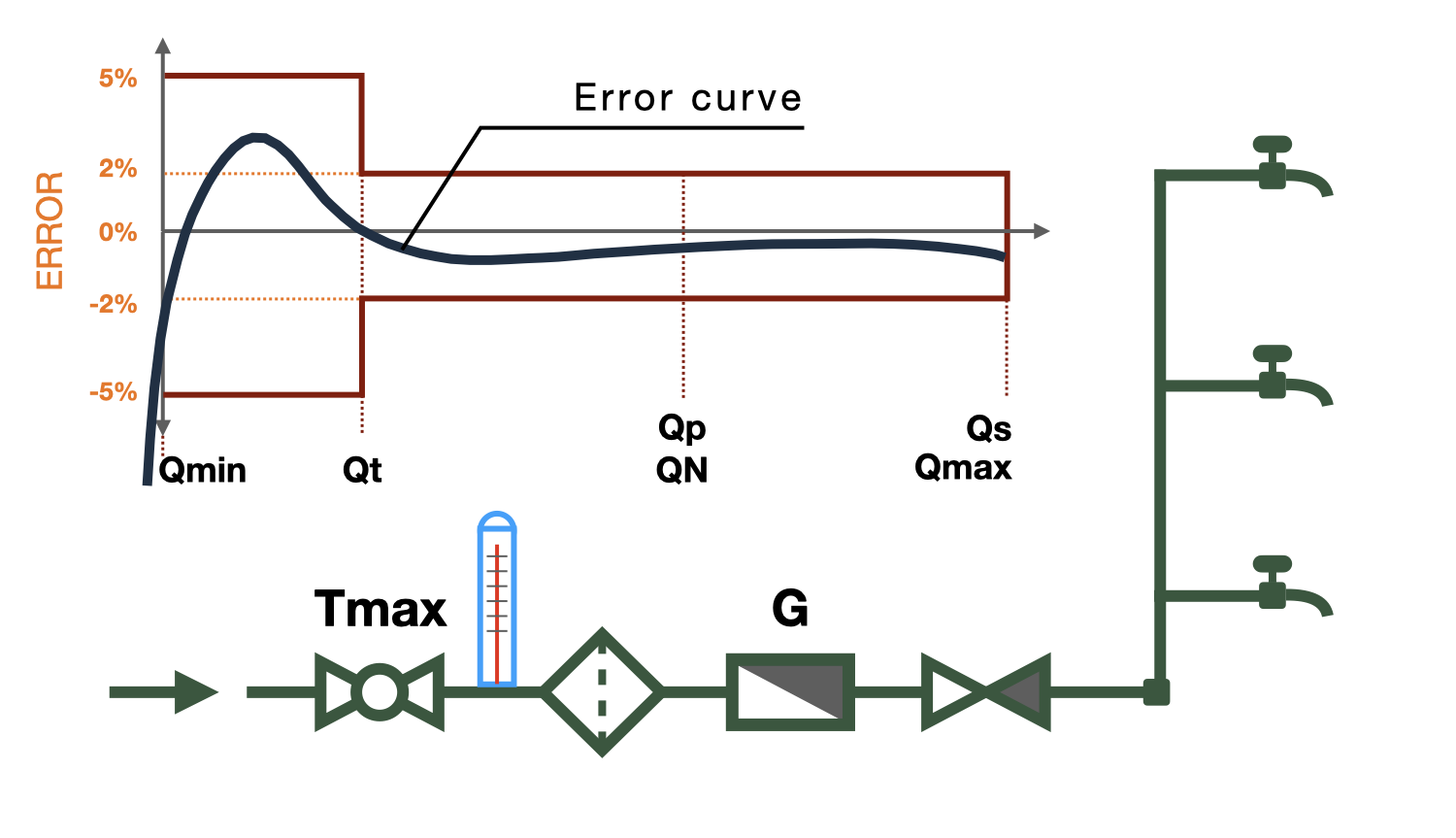
Selection of water meter
The selection of a water meter is carried out on the basis of the technical requirements of the water supply organization and the requirements of regulatory documents. Usually, the requirements relate to the measurement error and the installation location of the meter.
The water meter is selected based on the calculated maximum water consumption per hour with checking for the passage of the maximum hourly water flow.
Calculation of water meter
The calculation of the water meter consists of determining the maximum water consumption per hour and determining the hydraulic resistance of the water meter. Many people mistakenly believe that the diameter of the water meter should correspond to the diameter of the pipe on which it is installed.
The diameter of the water meter should be selected based on its technical characteristics.
- Qmin - minimum water flow rate, m³/hour
- Qt - transitional water flow rate, m³/hour
- Qn - nominal water flow rate, m³/hour
- Qmax - maximum permissible water flow rate, m³/hour
The ranges of water flow rates that characterize metrological characteristics are indicated in the technical description:
0 - Qmin - the error is not regulated - long-term operation is allowed.
Qmin - Qt - error not exceeding 5% - long-term operation is allowed.
Qt - Qn (Qmin - Qn for water meters of the second class, for which the value of Qt is not indicated) - error not exceeding 2% - long-term operation is allowed.
Qn - Qmax - error not exceeding 2% - operation is allowed for no more than 1 hour per day.
It is recommended to select water meters in such a way that the calculated flow rate falls within the range from Qt to Qn. The calculated water flow rate is taken as the water flow rate during the maximum consumption hour.
It is necessary to take into account the possibility of reducing and increasing the water flow rate through the meter, associated with the unevenness of consumption during the day.
The above algorithm outputs a list of water meters that can operate at double the specified water flow rate, as well as at a water flow rate that is five times lower than the calculated rate.
question : comment : feedback
 Online Equipment calculations
Online Equipment calculations
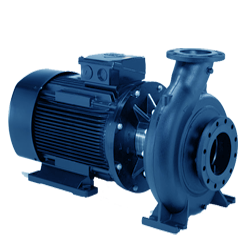
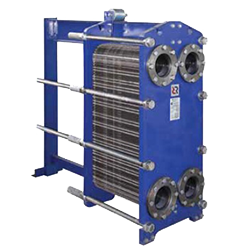
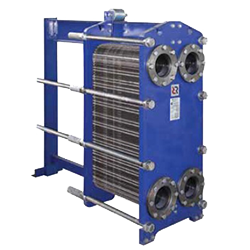
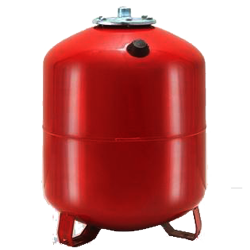

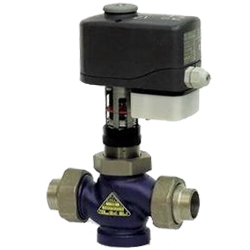


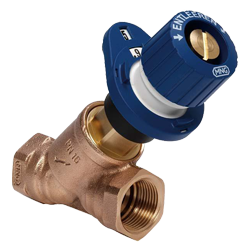




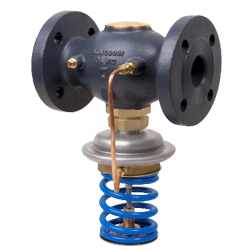
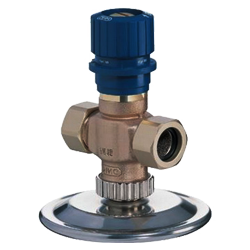
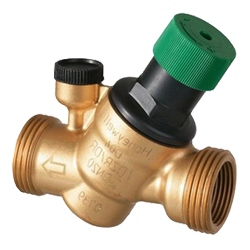


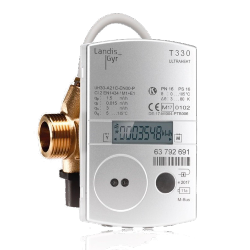


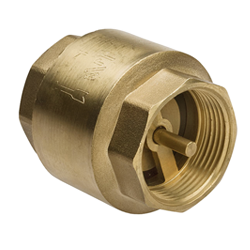
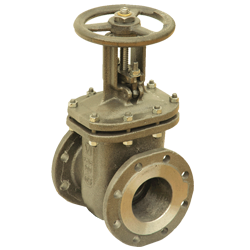

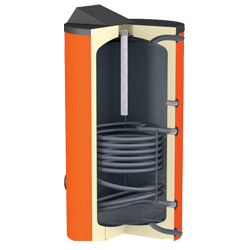

 EXAMPLE
EXAMPLE







